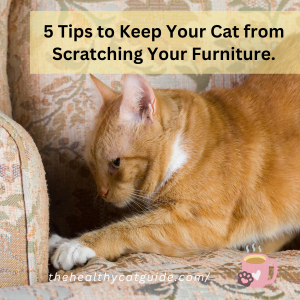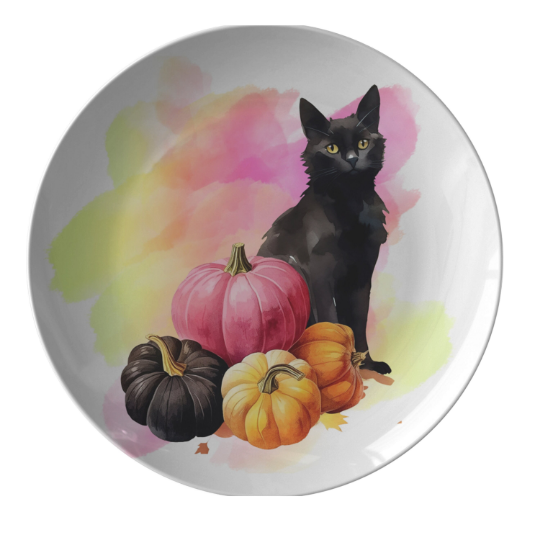 Cats possess a natural instinct to scratch, which allows them to maintain their claws, mark their territory, and stretch their muscles. By providing your feline companion with suitable scratching surfaces, you can redirect their scratching behavior away from your furniture. Scratching posts, mats, or boards should be resilient, towering, and coated with materials that your cat savors scratching, such as sisal or carpet. Place the scratching surfaces in areas where your cat frequently scratches, such as near their favored sleeping spot or in front of a sunlit window.
Cats possess a natural instinct to scratch, which allows them to maintain their claws, mark their territory, and stretch their muscles. By providing your feline companion with suitable scratching surfaces, you can redirect their scratching behavior away from your furniture. Scratching posts, mats, or boards should be resilient, towering, and coated with materials that your cat savors scratching, such as sisal or carpet. Place the scratching surfaces in areas where your cat frequently scratches, such as near their favored sleeping spot or in front of a sunlit window.
If your cat persists in scratching your furniture despite having appropriate scratching surfaces available, you can implement cat deterrent sprays or double-sided tape to dissuade them. These products feature unpleasant aromas or textures that cats abhor, which can help redirect their scratching behavior to more appropriate surfaces. You can also utilize aluminum foil or plastic sheeting to temporarily cover your furniture, which can discourage your cat from scratching until they become accustomed to using their scratching posts.
Trimming your cat’s nails on a regular basis can aid in reducing the damage they can cause to your furniture when they scratch. It can also help prevent them from injuring themselves, other animals, or people. However, it is crucial to utilize proper nail trimming techniques and tools, such as cat-specific nail clippers or scissors, to avoid injuring your cat. If you do not feel comfortable trimming your cat’s nails yourself, you can opt to take them to a groomer or veterinarian for professional nail trimming.
Boredom and lack of stimulation can result in destructive behavior in cats, including scratching. Providing your cat with toys and engaging in playtime with them can keep them mentally stimulated and reduce the likelihood of destructive behavior. Toys that replicate natural prey, such as feather toys or interactive toys that require your cat to chase or hunt, can be especially effective. Playtime can also be an excellent bonding opportunity for you and your cat.
Positive reinforcement is a training technique that rewards good behavior with treats, praise, or playtime. When you witness your cat utilizing an appropriate scratching surface, reward them with treats, praise, or playtime. This will encourage them to continue using the scratching surface and avoid damaging your furniture. Nonetheless, it is imperative not to punish your cat for scratching furniture, as this can instill fear and anxiety, and may exacerbate the behavior. Instead, redirect their behavior to more suitable surfaces and reward them when they use them.

